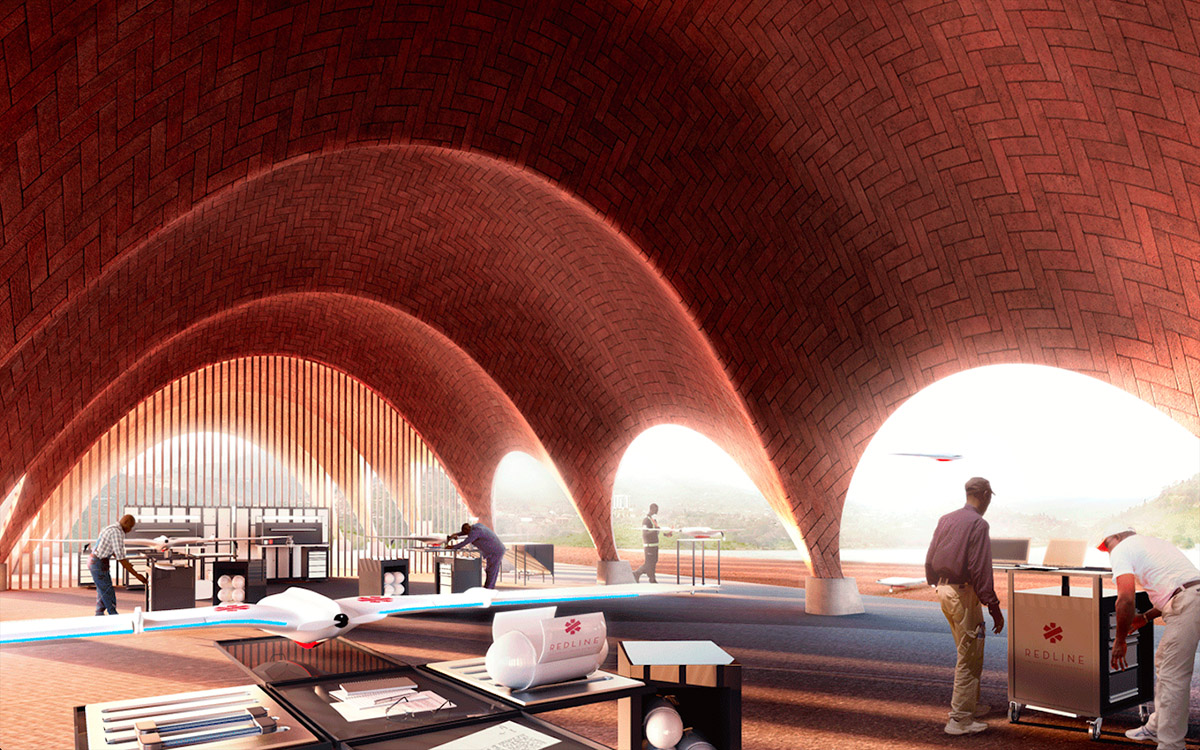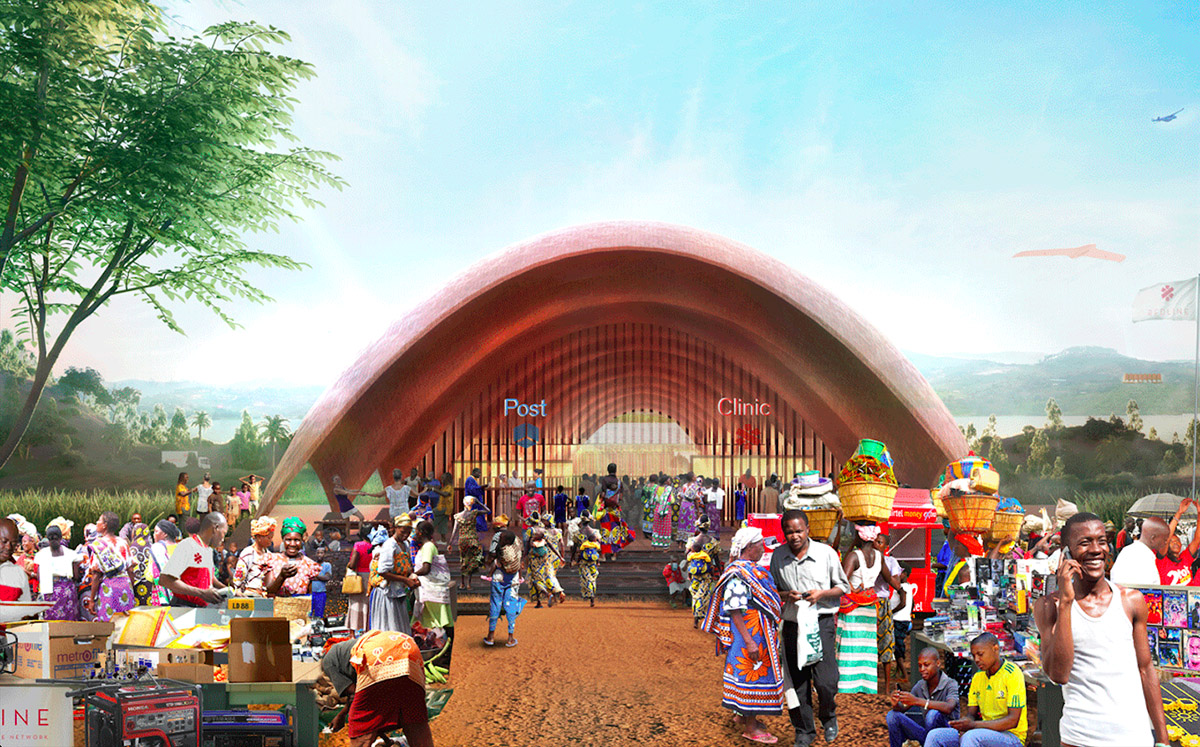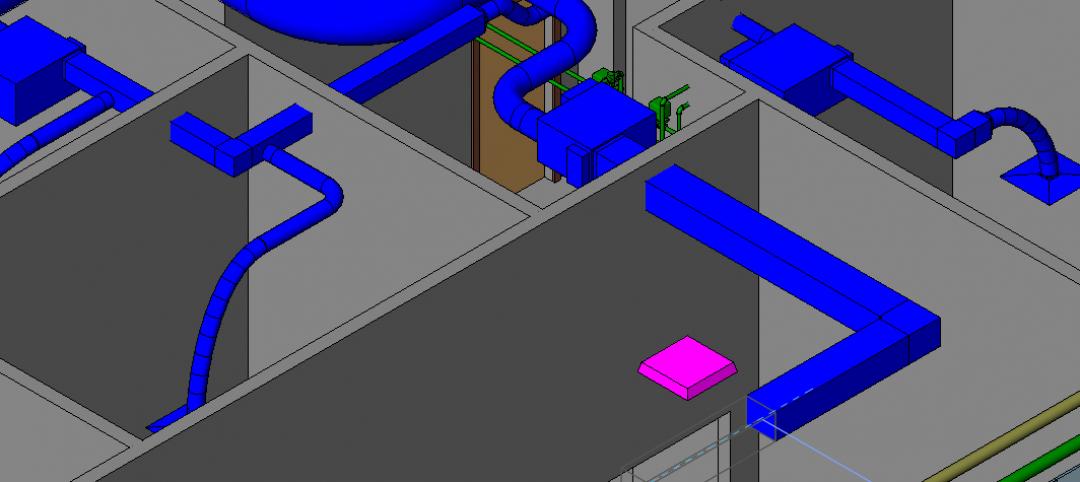Delivering supplies to Africans is a struggle because of the continent’s lack of roads and bridges.
Architect Norman Foster has proposed a solution. The Droneport project will carry cargo to remote areas by traversing mountains, lakes, rivers, and desert by unmanned aircraft, as World Architecture Community reports.
The drones can carry goods to places more than 100 kilometers, or 62 miles, away. The plan consists of two network services. The Redline will have smaller drones that will transport medical supplies, and the Blueline will be larger aircraft that will ship electronics, spare parts, and e-commerce.
The drones will land in structures called Droneports, which not only will store drones but also house health clinics, digital fabrication shops, and post and courier rooms.
The project is a collaboration between Redline partners led by Afrotech, École polytechnique fédérale de Lausanne (EPFL), the Norman Foster Foundation, and Foster + Partners.


Related Stories
| May 2, 2011
URS acquires Apptis Holdings, a federal IT service provider
SAN FRANCISCO, CA and CHANTILLY, VA– April 28, 2011 – URS Corporation and Apptis Holdings, Inc., a leading provider of information technology and communications services to the federal government, announced that they have signed a definitive agreement under which URS will acquire Apptis.
| Apr 12, 2011
BIM Grows Up: Separating Hype from Reality in a 3D World
While BIM adoption still lags in both design and construction, some enterprising owners, architects, and contractors are unlocking the potential of this dynamic technology.
| Apr 5, 2011
Are architects falling behind on BIM?
A study by the National Building Specification arm of RIBA Enterprises showed that 43% of architects and others in the industry had still not heard of BIM, let alone started using it. It also found that of the 13% of respondents who were using BIM only a third thought they would be using it for most of their projects in a year’s time.
| Mar 15, 2011
Future-proofing BIM: A White Paper presented by Dell and BD+C
To benefit from new building design and construction technologies as well as novel project management approaches, leading AEC organizations of all sizes and scales are deploying building information modeling (BIM). This White Paper presents the comparative benefits of various kinds of hardware specification, with some guidance on the proper selection and specification of BIM workstations, compatibility with existing standards, and adoption strategies.











